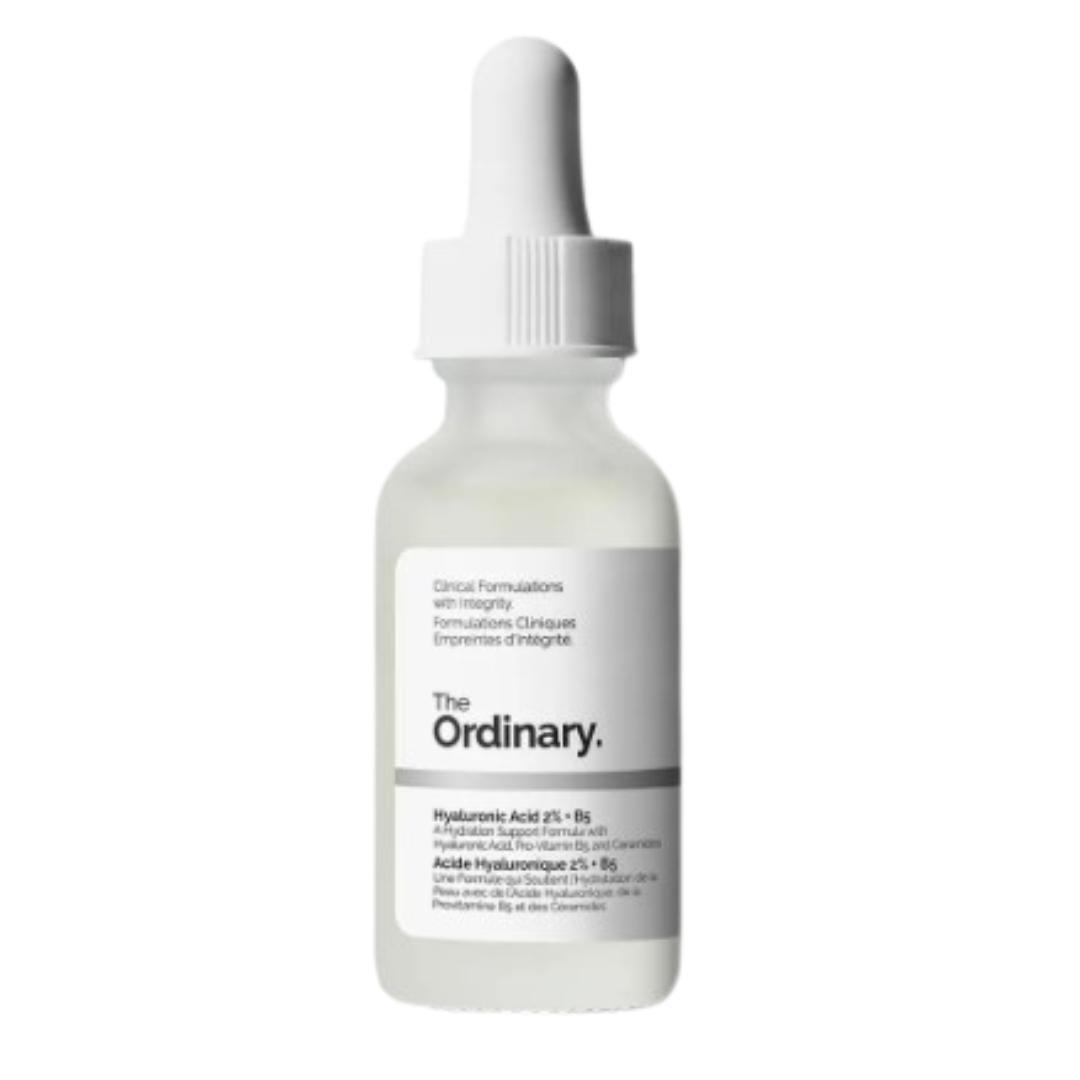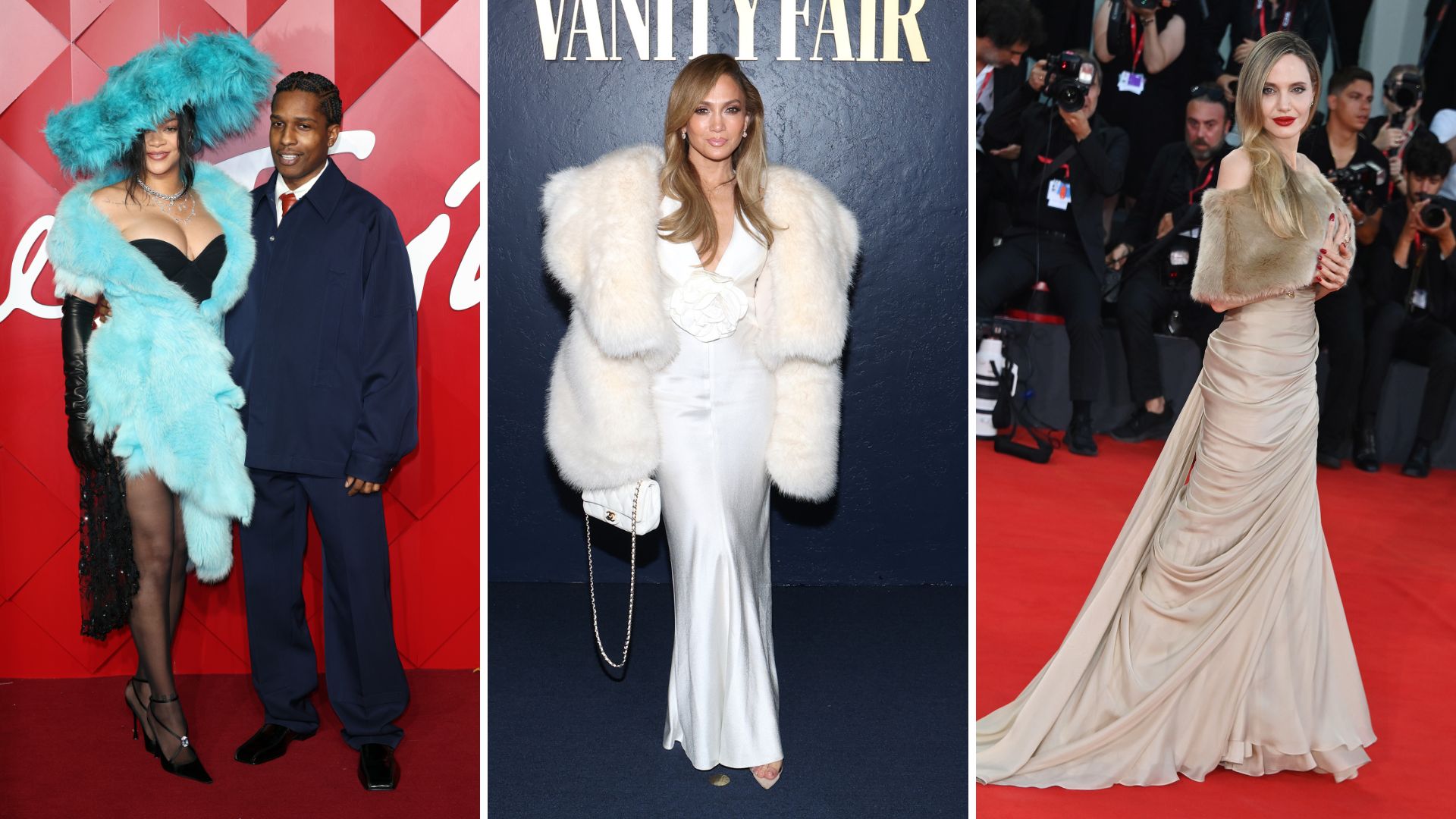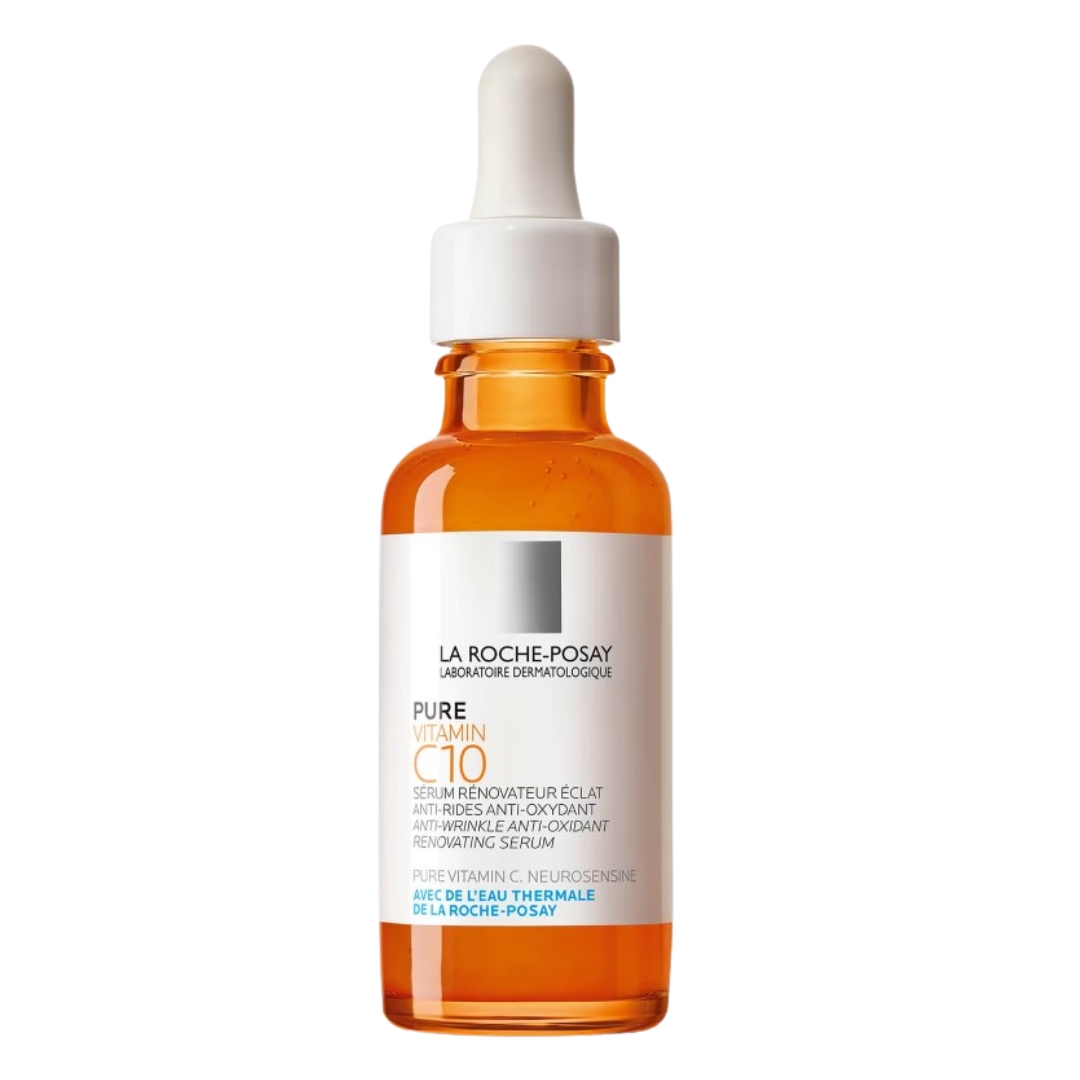How to use hyaluronic acid and vitamin C together to reap the benefits of both ingredients
Skin experts explain how to use hyaluronic acid and vitamin C successfully in our need-to-know guide


Generally speaking, skincare consumers are far more aware of how active ingredients work than, say, 20 or 30 years ago.
Where once upon a time only the real skincare obsessives might have known what their best hyaluronic acid serums do or what niacinamide does, now most shoppers want to understand how to use vitamin C and hyaluronic acid together or how to use retinol, for example.
But more is not necessarily better when it comes to how many skincare ingredients you use in your morning or evening regime. Some combinations don’t make for ideal pairings, perhaps because they are both potent and may be too much for the skin to handle when used at the same time, or because one may make the other less effective, for example.
To get a clear answer on whether or not this is true of using hyaluronic acid and vitamin C together, we asked three skin experts how to use both ingredients in your skincare routine for the best results and have broken it down in this need-to-know guide.
How to use HA and vitamin C together, according to experts
Can vitamin C and hyaluronic acid be used together?
The good news is that, yes, these two ingredients can be used together within your skincare routine at the same time of day. “They can complement each other effectively,” confirms Dr Ifeoma Ejikeme, advanced cosmetic doctor and founder of the Adonia Medical Clinic. "Hyaluronic acid hydrates the skin, while vitamin C brightens and protects. However, if you experience any irritation or sensitivity, it's advisable to space out the application of these ingredients."
Generally, using vitamin C and hyaluronic acid together doesn’t pose any issues – but vitamin C is a potent ingredient that has the potential to irritate. “Vitamin C works best at a lower pH, while hyaluronic acid is effective at a wide range of pH levels,” says Dr Aiza Jamil, consultant dermatologist at sk:n Clinics. “If the vitamin C product you're using has a very low pH (below 3.5), there is a potential for it to cause irritation when used in conjunction with certain acids or exfoliants [which also have low pHs]. In such cases, you might want to consider applying them at different times of the day.” Dr Jamil confirms that, as hyaluronic acid may have a pH of anywhere between 5 and 8, this would only be an issue if your HA product has a lower pH.
While both ingredients can be used at any time of day, the best vitamin C serums are usually recommended for use in the morning because of this ingredient's antioxidant benefits. These help to protect the skin from the effects of environmental aggressors, such as free radicals, therefore are particularly beneficial during the day.
Sign up for the woman&home newsletter
Sign up to our free daily email for the latest royal and entertainment news, interesting opinion, expert advice on styling and beauty trends, and no-nonsense guides to the health and wellness questions you want answered.
When should you use hyaluronic acid and vitamin C serums in your routine?
Most people choose to use hyaluronic acid and vitamin C in the form of serums within their skincare routine. Serums are applied to clean skin, so after washing your face with the best cleanser and, if you use one, applying the best toner. Once you've applied serum, the next step is your moisturiser, followed by SPF as the final step if it's your morning skincare routine.
Our beauty expert recommends...

RRP: £8.80
One of the best-loved affordable hyaluronic acid serums, The Ordinary's fuss-free formula is a great way to add this hydrating ingredient to your skincare routine for less.
Do you apply vitamin C serum before hyaluronic acid, or vice versa?
If you are using two separate serums containing these ingredients then, yes, Dr Jamil advises applying your vitamin C serum first, then your hyaluronic acid one. This is because, as we’ve already mentioned, vitamin C offers some environmental protection. “Applying it first allows the vitamin C to be absorbed directly into the skin,” Dr Jamil explains.
“Hyaluronic acid is a hydrating ingredient that helps retain moisture in the skin [and] is typically used to add moisture and plumpness,” she continues. “Applying it after vitamin C allows it to seal in the benefits of the antioxidant and provide hydration.” Many people choose to layer two separate serums, but some formulas contain both ingredients within the same formula, allowing for a more streamlined routine.
If you're adding hyaluronic acid and vitamin C (or both) to your regime for the first time – as with any new active ingredient – Dr Jamil recommends doing a patch test to see how your skin reacts before applying fully. But as these ingredients provide different benefits to the skin, and can usually be used together with no issues, it's well worth using both within your skincare routine.
Lucy is a UK-based beauty journalist who has written for titles including Marie Claire, Glamour and OK!, as well as contributing to woman&home. Her work covers everything from expert skin and haircare advice to beauty trends and reviews of the latest products. During her career she regularly speaks to the industry's leading hairdressers, dermatologists and make-up artists, has covered backstage at London Fashion Week and interviewed many a celeb about their beauty routine.
-
 I spent a weekend in the French Riviera with just hand luggage - why the Antler Essentials collection is a space and money-saver
I spent a weekend in the French Riviera with just hand luggage - why the Antler Essentials collection is a space and money-saverThe new Antler Essentials Tote Bag and Hoodie deliver off-duty chic with well-considered designs and lots of secure extras. Get ready for a travel upgrade.
By Laura Honey
-
 The celebrity looks that prove faux fur will always be in style
The celebrity looks that prove faux fur will always be in styleFrom opulent coats to faux fur hats, this is one trend that'll always make a luxe statement
By Jack Slater

